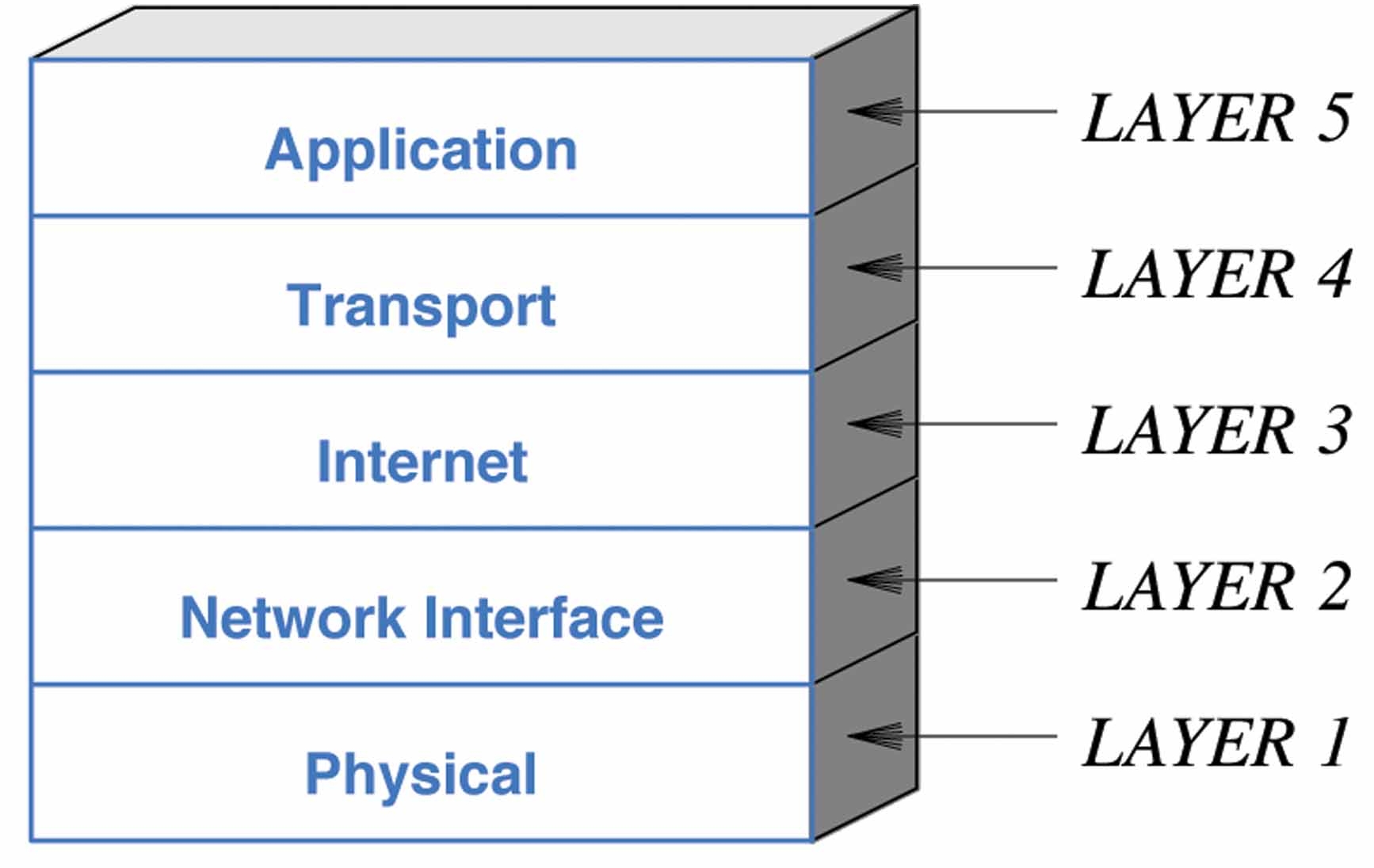

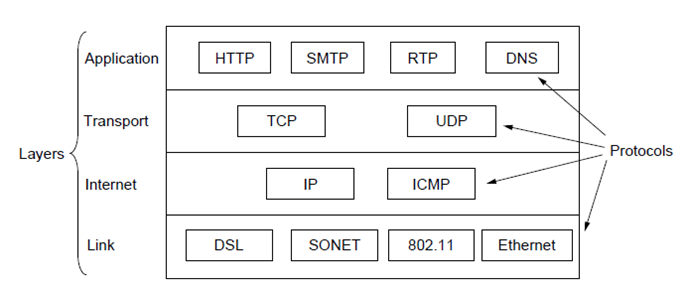
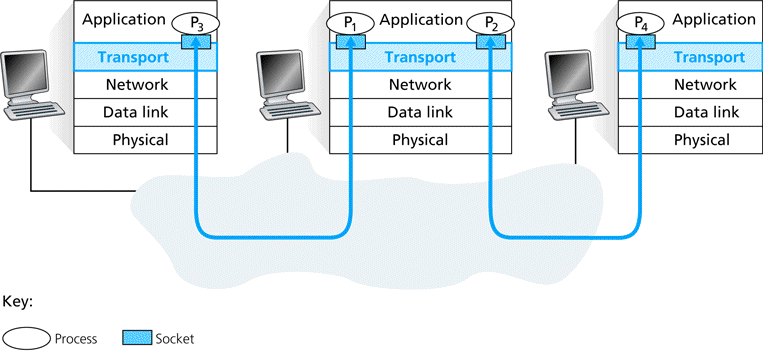
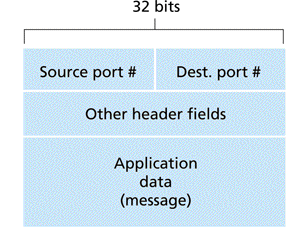
| Port number |
Application protocol |
Description | Transport protocol |
|---|---|---|---|
| 21 | FTP | File transfer | TCP |
| 23 | Telnet | Remote login | TCP |
| 25 | SMTP | TCP | |
| 53 | DNS | Domain Name System | UDP |
| 79 | Finger | Lookup information about a user | TCP |
| 80 | HTTP | World wide web | TCP |
| 110 | POP-3 | Remote e-mail access | TCP |
| 119 | NNTP | Usenet news | TCP |
| 161 | SNMP | Simple Network Management Protocol | UDP |
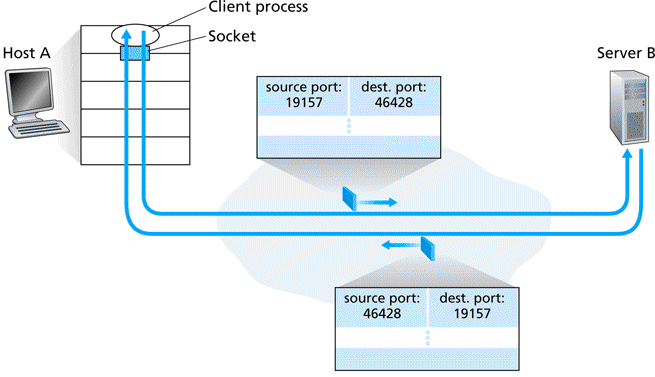
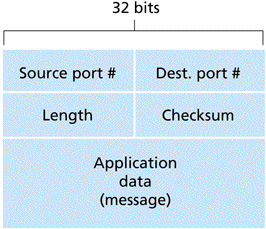
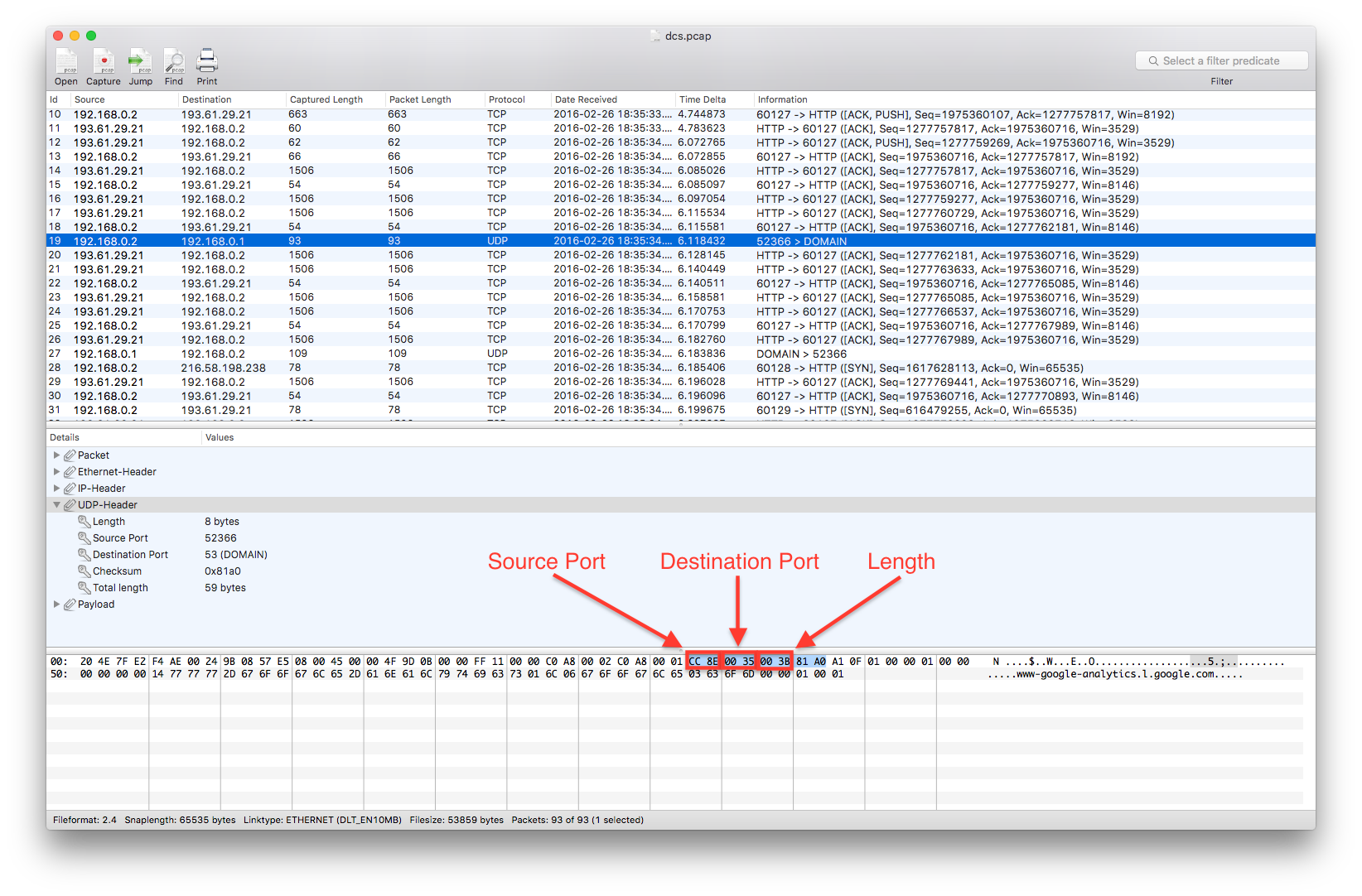
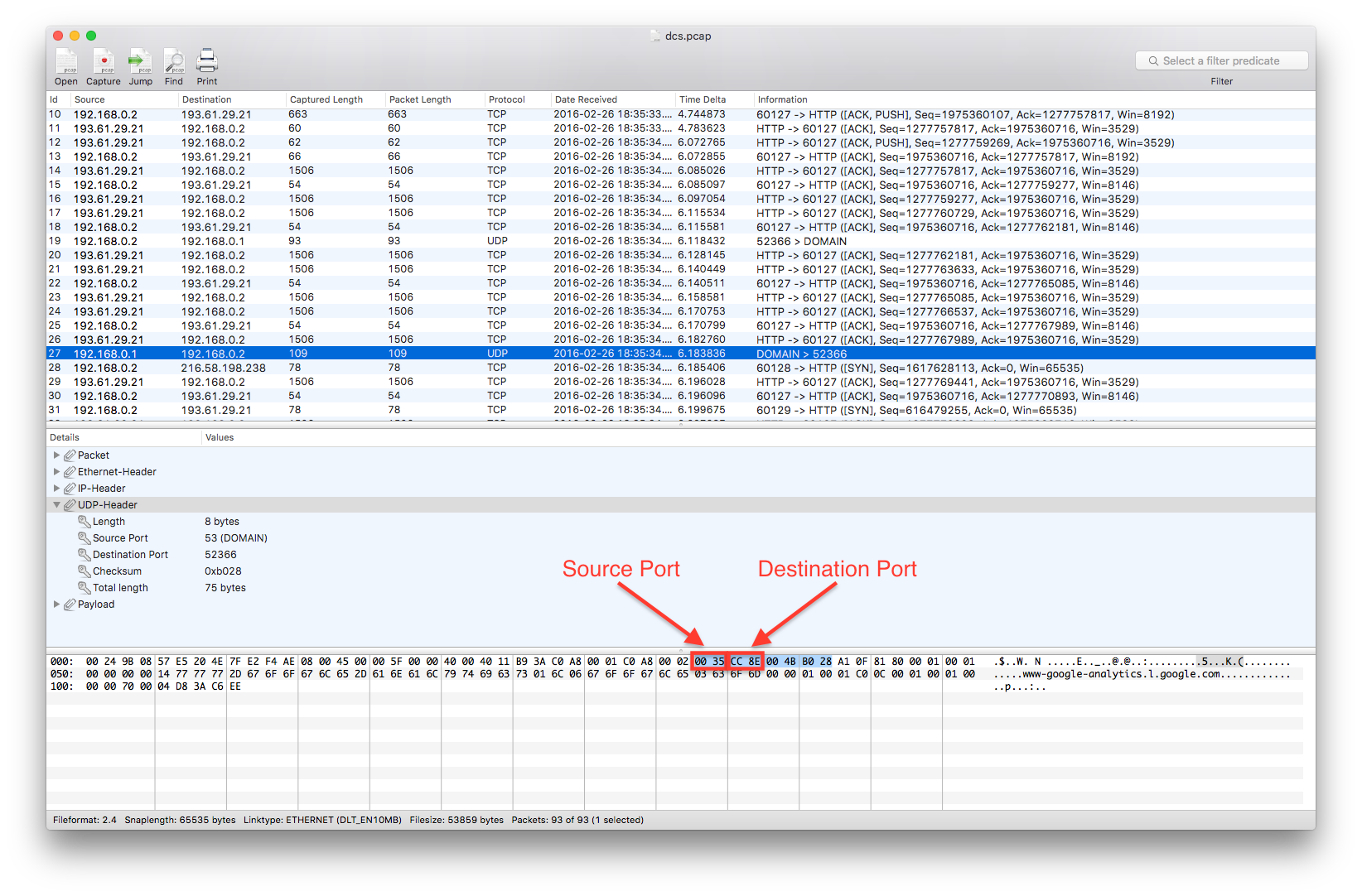

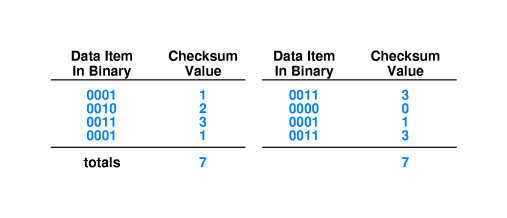
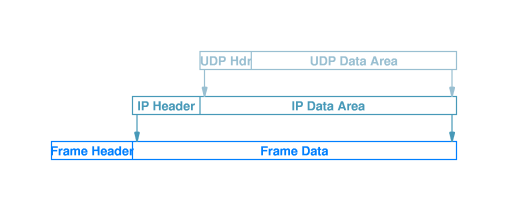
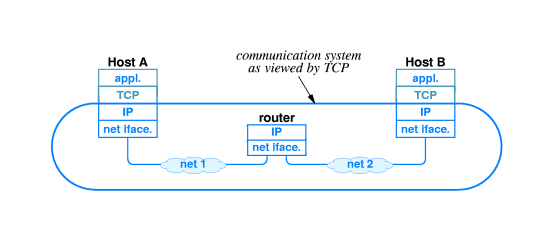
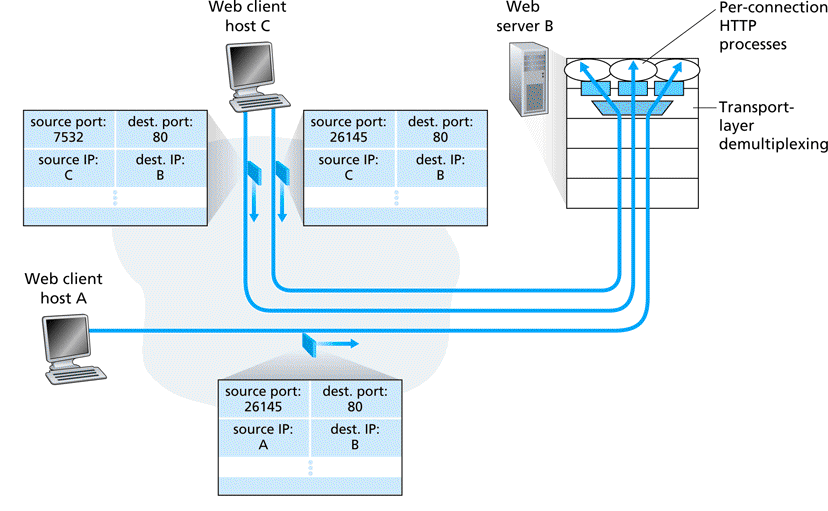
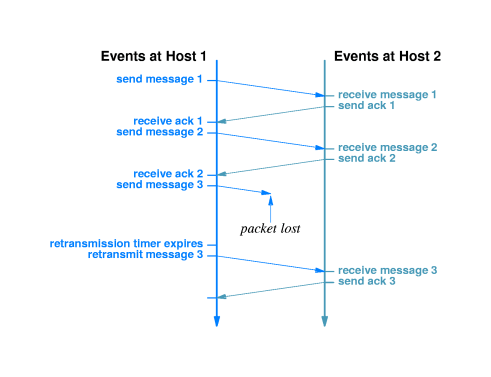
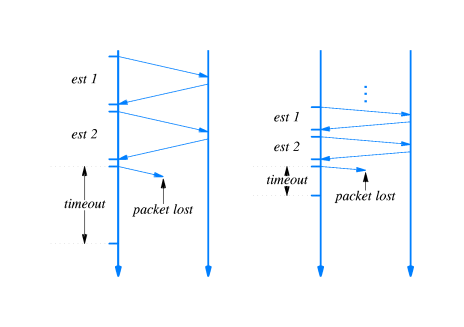
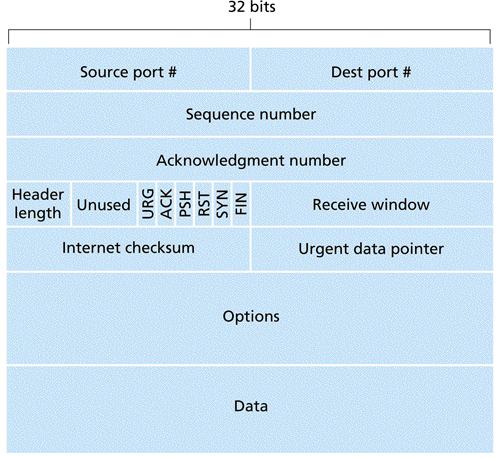
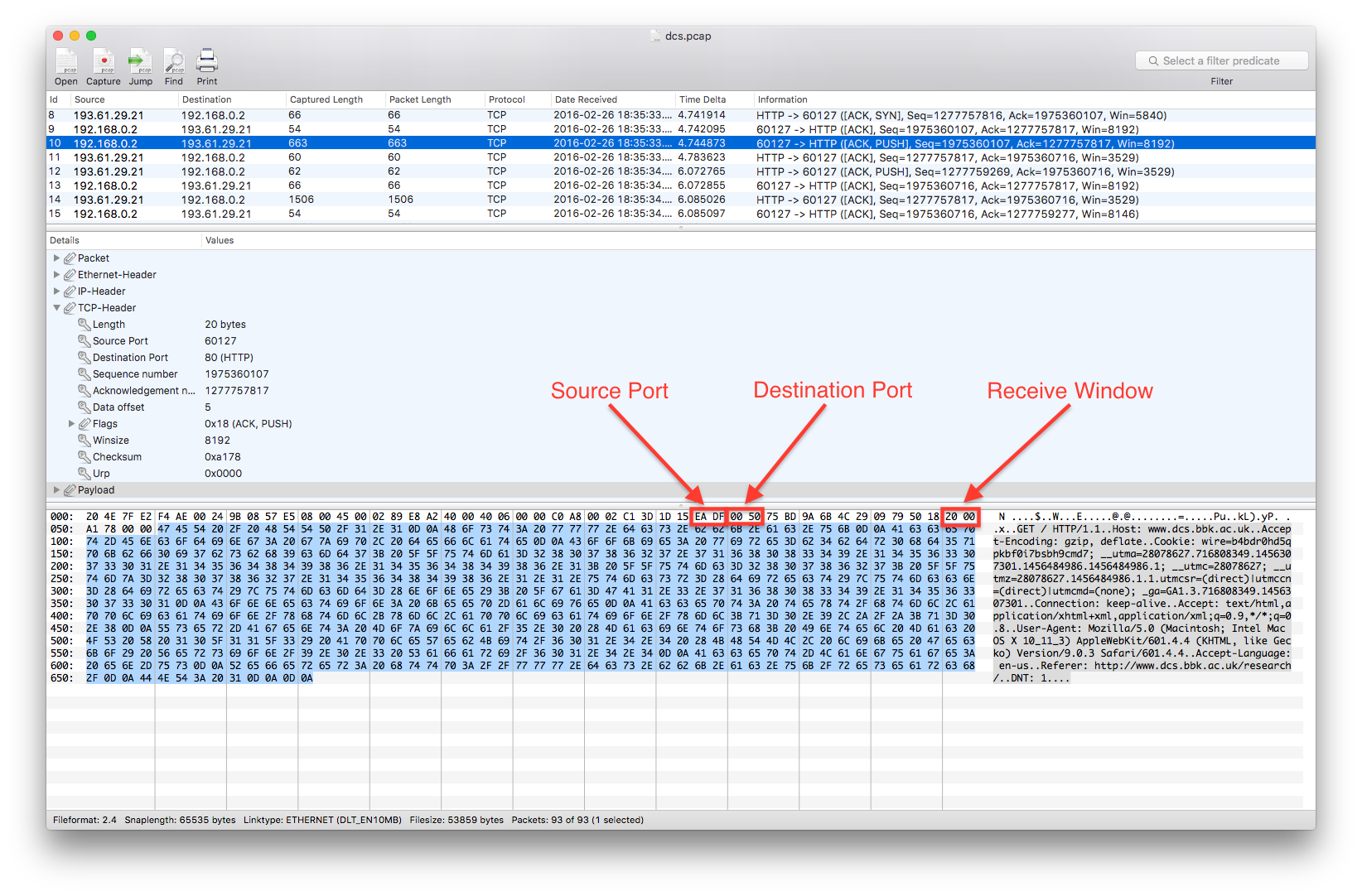
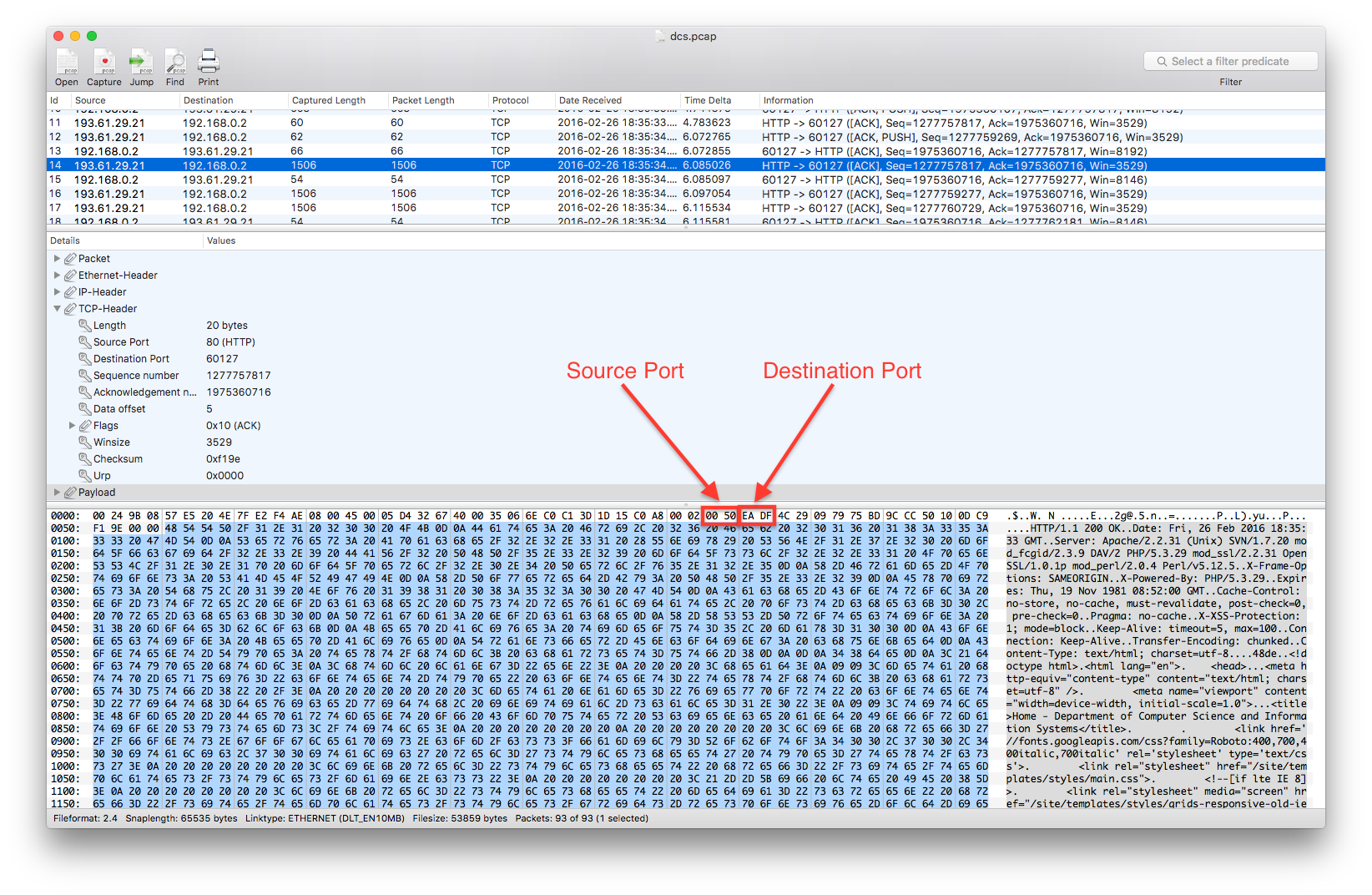
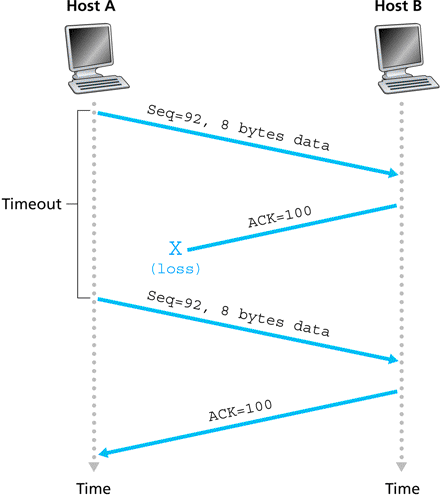
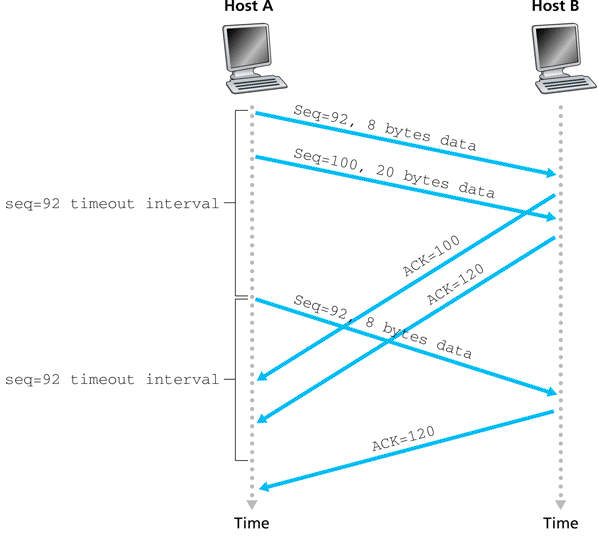
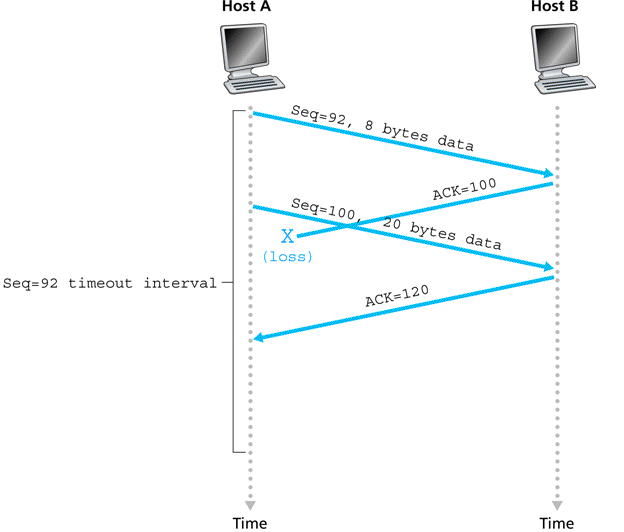
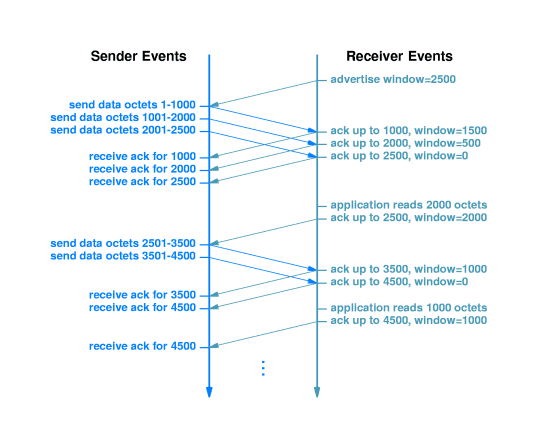
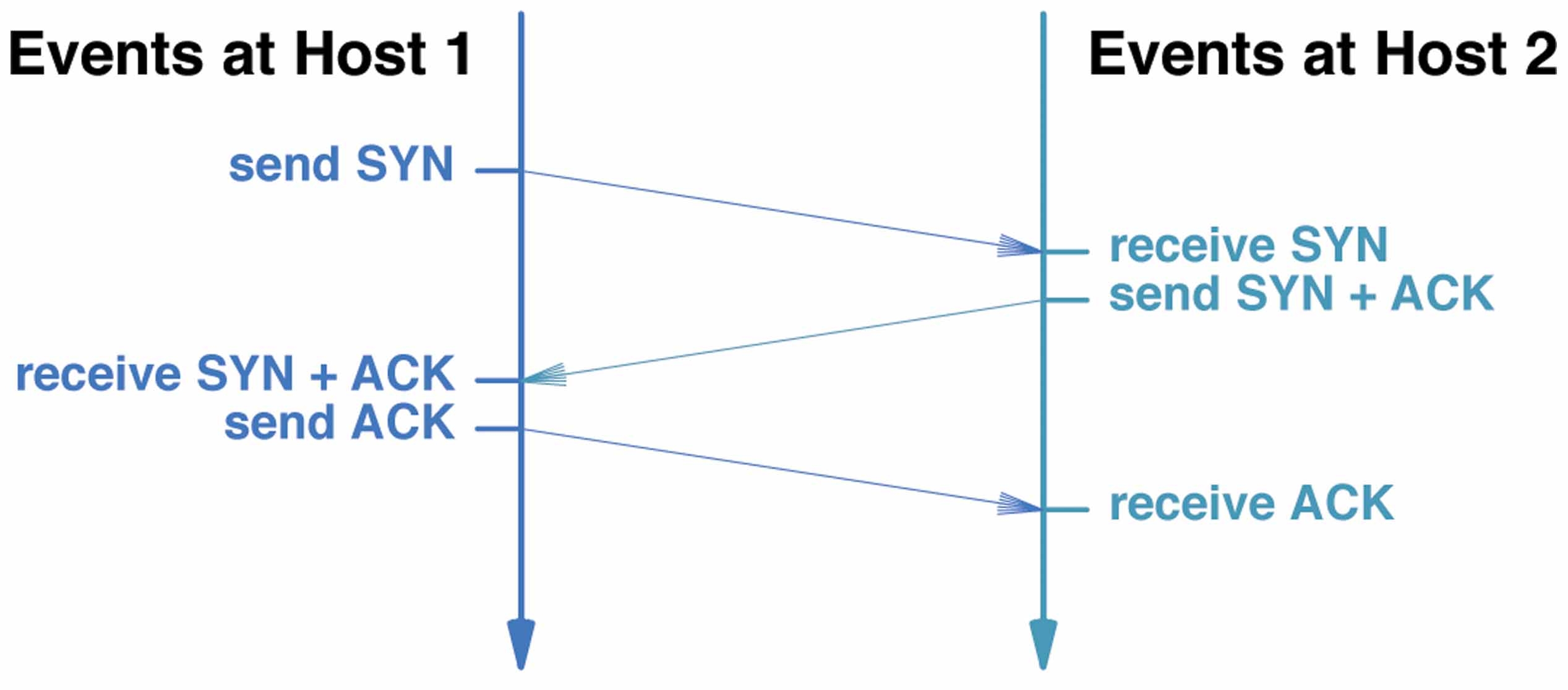
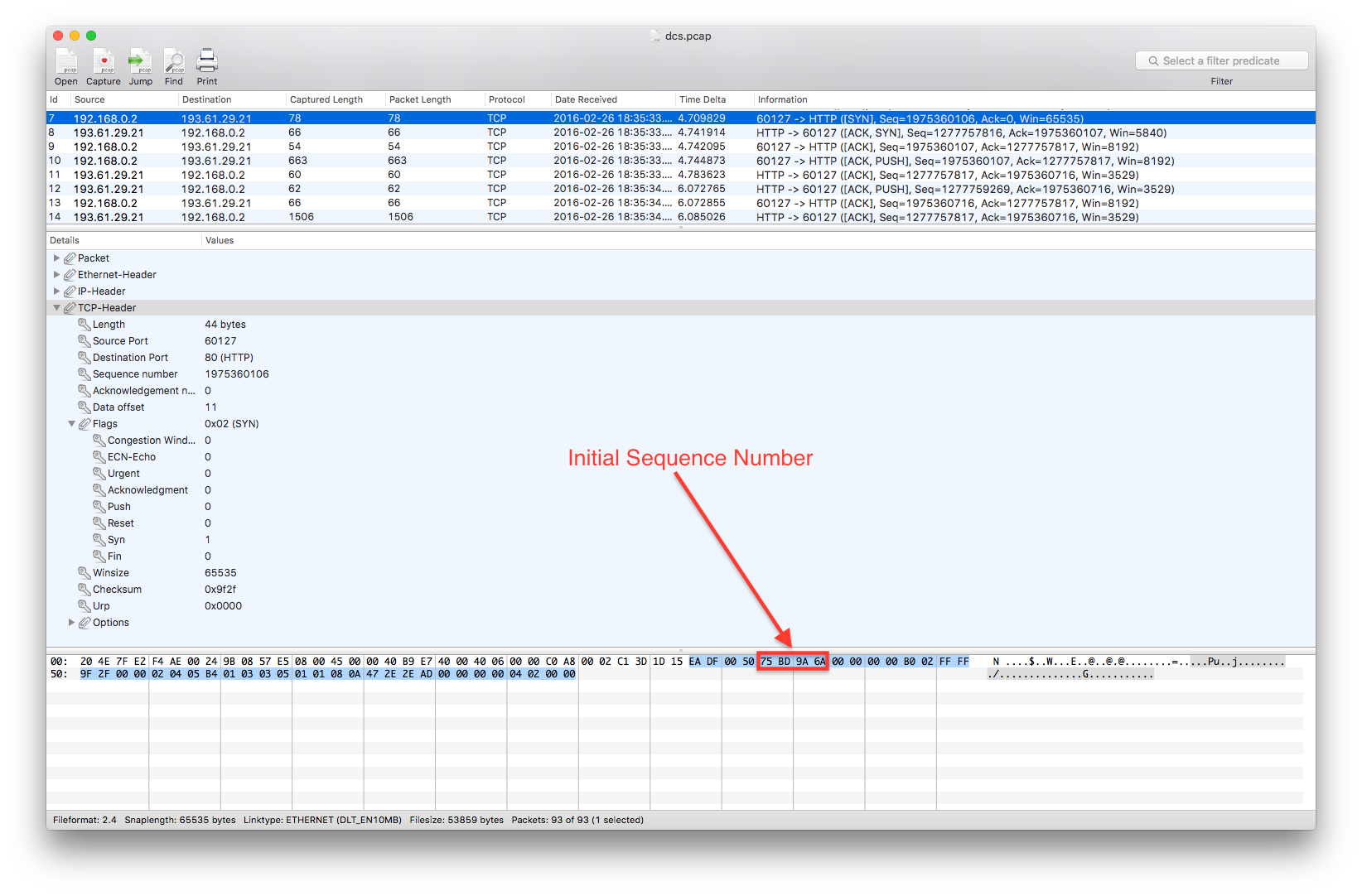
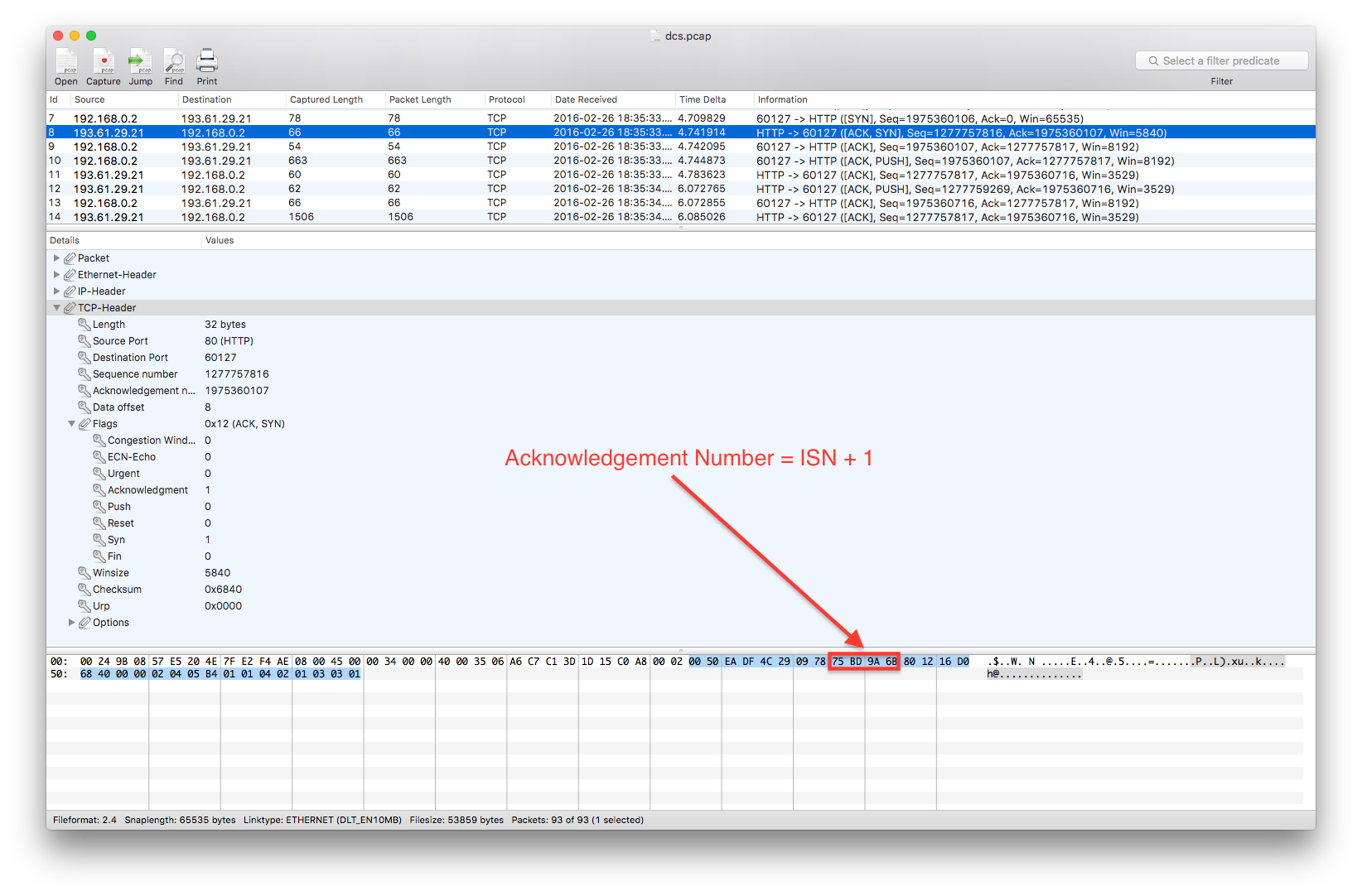
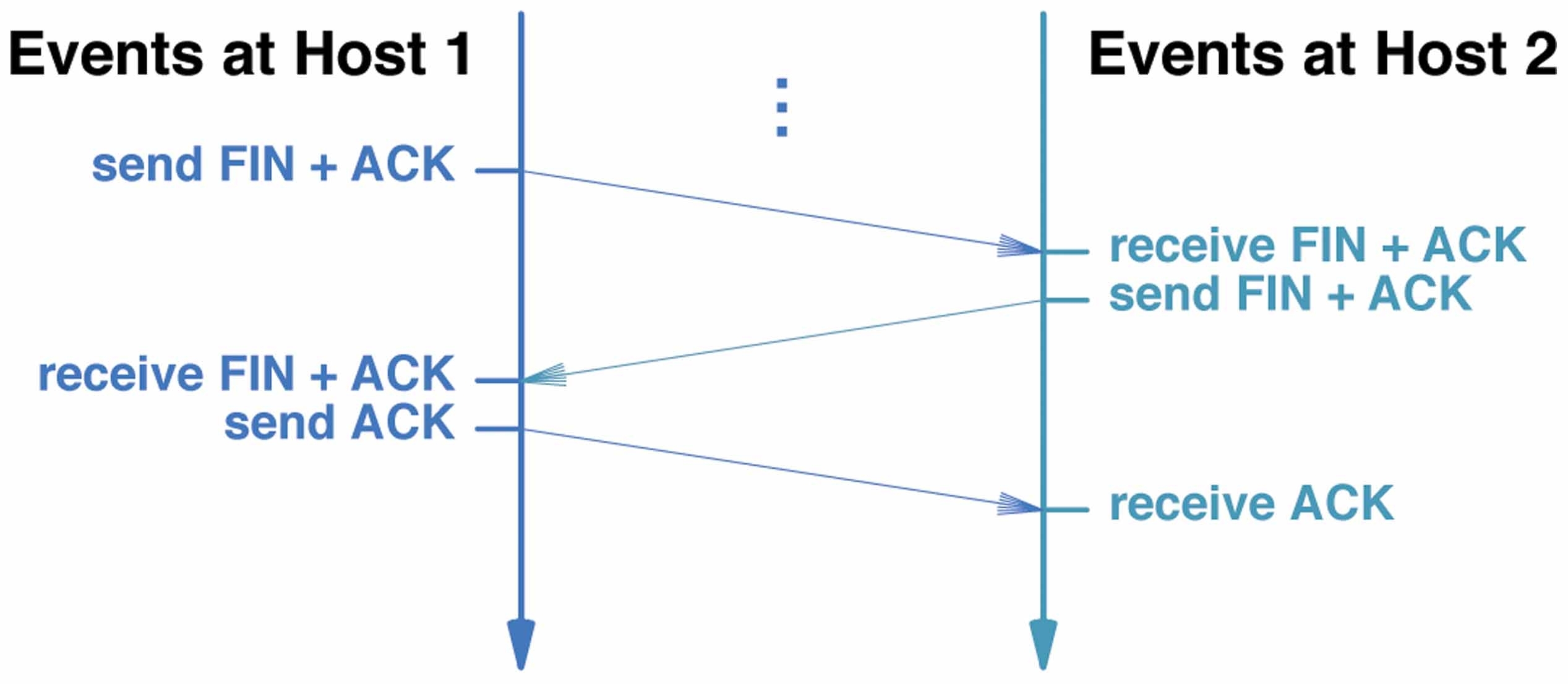
See Chapter 3 of [Kurose and Ross], Chapters 25 and 26 of [Comer] and parts of Chapter 6 of [Tanenbaum].